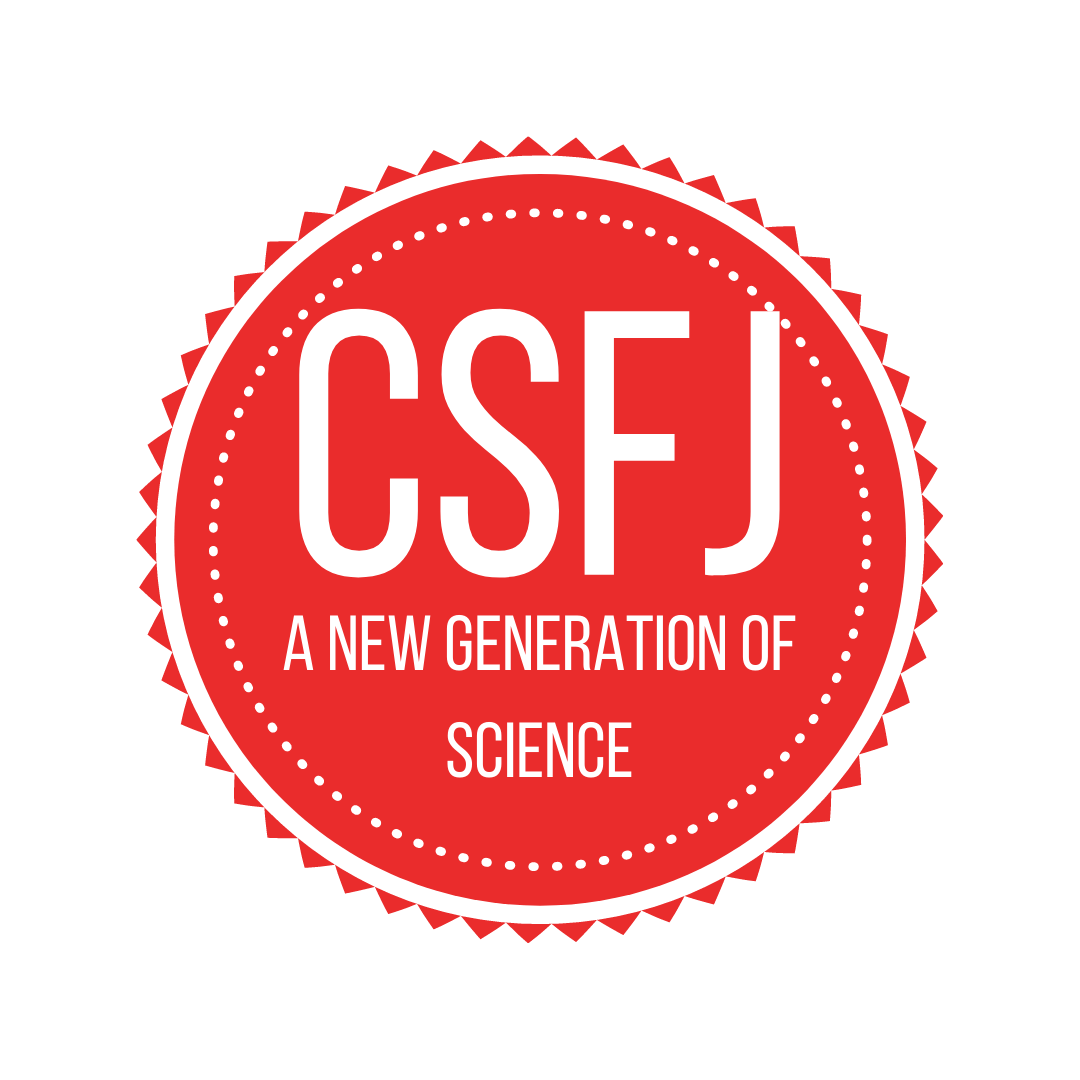By: Ada Wang, Jessica Wu, Raven Boss, Camelia Ursu, Altamish Bukhari, Mehul Gupta, Sunand Kannappan
Low-grade glioma (LGG) forms in the glial cells of the brain (Batchelor, 2006) and comprises roughly 80% of malignant brain tumors. It is known that the genetic cascade associated with the progression of LGG is linked to several genes (including the CALM3, SHC1, SHC2, PRKCB and ARAF genes) (KEGG, 2019). While these genes have been identified in the development of the initial cancer, the prognostic value of these genes is unknown.





